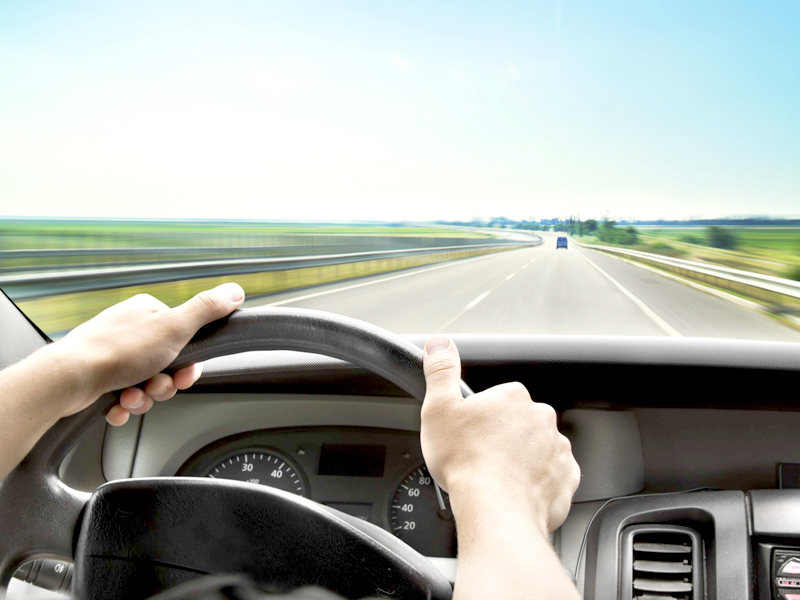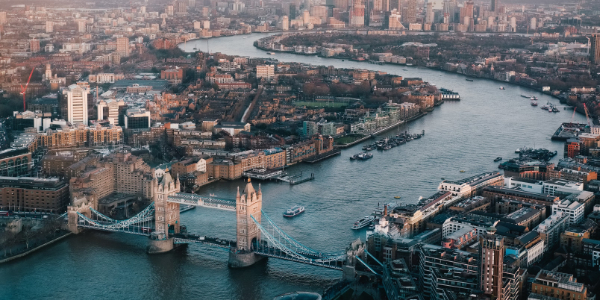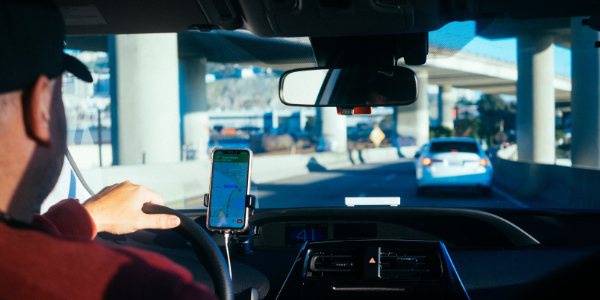Driving laws in the United Kingdom are very strictly administered. There are over 40 million cars in the UK and the country respects the human values, they have taken driving issues very seriously, safety is first. Failure to adhere to these laws can result in an on the spot fine, court or prison clearly mentioned in the laws.
The basic laws of driving in the UK are as follows:
1. You must have a valid driving license that covers the type of vehicle that you are driving.
2. You must have appropriate insurance for the vehicle and it must have valid road tax.
3. You must drive on the left hand side of the road and overtake on the right.
4. You must wear a seat belt where one is fitted.
5. You cannot use your mobile phone while driving.
6. If you are riding a motorcycle or moped you must wear a crash helmet.
7. Driving under the influence of alcohol or drugs is not allowed.
8. You must observe the speed limits which can be 20, 30 or 40mph in built up areas. The speed limit on motorways is 70mph and all other roads have a limit of 60mph or 50mph but speed limit boards are displayed.
9. The minimum age at which you can drive a car or motorcycle is 17 years old.
The rules and laws of driving in the UK are printed in a booklet called the Highway code. You can purchase one of these from a high street book store or online.Driving in the UK is fairly straightforward unless you have never been on a roundabout. A roundabout is a circular junction where all drivers give way to traffic on their right. There are online tutorials on how to use roundabouts on youtube.com
Motorways:
A motorway is a high capacity road with a minimum of two lanes in either direction. The M25 around London has up to six lanes in certain areas. A motorway is prefixed with an 'M' and the signs are blue. The speed limit on a dual carriageway or motorway is 70mph unless speed restriction signs say otherwise. Variable speed limits and traffic information are shown on large screens either over the road or to its left.
On a motorway carriage there are the main lanes (either 2 or 3). On the left of these lanes is a lane called the hard shoulder which is to be used for emergencies such as breakdowns? The edge of the motorway and the hard shoulder is marked by a solid white lane (yellow in Ireland). Some motorways use this lane during busy periods but this will be displayed on electronic signs. A central reservation with a barrier separates one carriageway from the other.
The lane on the left, next to the hard shoulder is used for slow and steady traffic with the other two lanes being used for overtaking. Motorists are expected to use the nearside most lane that is cleared. Motorists tend to get frustrated with drivers who stay in a faster lane but are not overtaking.
Seatbelt laws:
You must wear a seat belt where one is fitted, including the back seats. There are very few exceptions.All children must be restrained in a car. Children under 135cms in height must use an appropriate restraint such as a baby car seat/booster seat.A child may use an adult seat belt when they reach 135cms or the age of 12.
Mobile phones:
It is against the law to use a hand held mobile phone while driving a car. If you are stopped by the police for this reason then you can expect to pay a fine. Most drivers in the UK now use hands free devices in their cars to avoid this.
Is it possible to drive with foreign Driving licence?
yes it is possible to drive in uk but you have to stick to the rules and regulation in uk, if you are visitor or tourist, you can drive in uk with some conditions. in this case you need to clearly read the conditions on driving in the uk
Parking:
Parking in uk is a nightmare specially in London, you can park your cars in the hotel's parking sites but only some big hotels have those facilities, small hotels and some guest houses dont have the facilities but you can park the cars in the streets with designated parking areas which is little bit expensive (£6 - £10) per hour and this parking is good only for short time to park and please read the conditions on the display board because different streets have different rules to park otherwise you will be liable for parking fines.and there are private parking facilities available in London, it is little bit far from your hotels or apartments or may be very close by and find the listed parking websites below,
Paying The Congestion Charge for your vehicles:
Congestion charge is applicable only for central london specially at peak time in very congested areas, if you are driving your vehicle in congestion charging zones, you must pay the charge on daily basis if you are not a resident of the country and if you did not pay within the given time frame you will be liable for the penalty charges. and further for The Congestion Charge Zone Map, Paying the Congestion Charge and Pay a Penalty Charge Notice, please visit the official website.

Driving In The UK, parking in london









